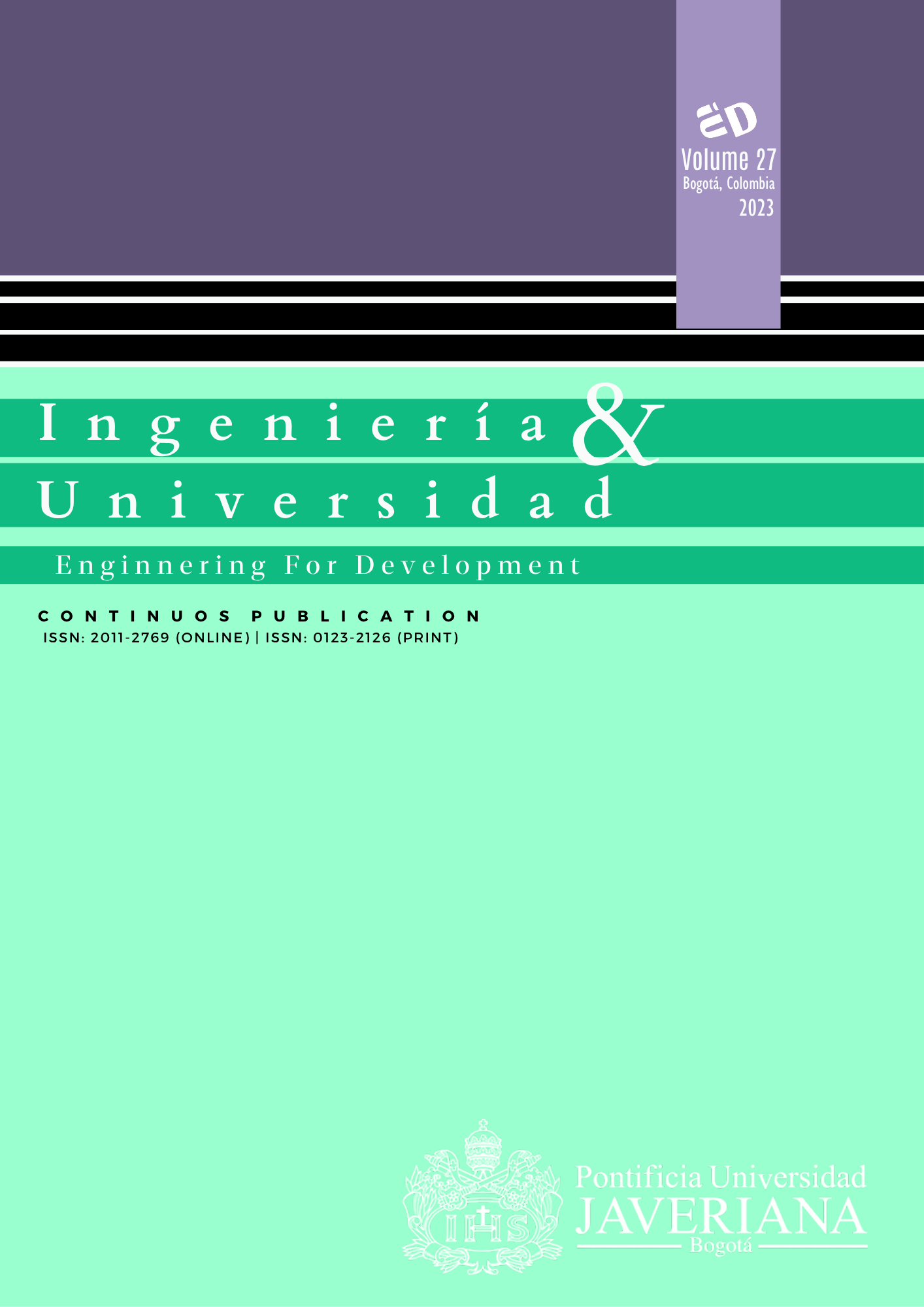Abstract
Objective: we aim to propose the SEMAT Essence game, a game-based simulation of the big picture related to the SEMAT Essence kernel. SEMAT (Software Engineering Method and Theory) is an initiative for re-founding software engineering based on a solid theory, proven principles, and best practices. SEMAT has the Essence kernel of universal elements for any software engineering endeavor. The SEMAT Essence has been taught by using workshops and some games, but such strategies only cover some topics related to the kernel.
Materials and methods: We use the SEMAT Essence kernel as a starting point and we select a game to be the template of our game. Then, we define the metaphor linked to our field of study and design the game by defining equivalences to the game elements.
Results and discussion: We also show the results of practicing the game with a set of students from four universities by summarizing the answers to a survey.
Conclusions: Results are promising since practitioners report some usage of the SEMAT Essence kernel elements after the game and they are satisfied with the fun factor, realism, and the current version of the game.
[2] C. M. Zapata and I. Jacobson, “A first course in software engineering methods and theory,” Dyna, vol. 81, no.183, 2014, pp. 231–241.
[3] C. M. Zapata, G. Maturana, and L. Castro, “Tutorial sobre la iniciativa SEMAT y el juego MetricC,” 8th Congreso Colombiano de Computación, Armenia, 2013.
[4] P.-W. Ng, “Software process improvement and gaming using Essence: an industrial experience,” Journal of Industrial and Intelligent Information, vol. 2, no. 1, 2014, pp. 45–50.
[5] J. Pieper, “Discovering the essence of software engineering: an integrated game-based approach based on the SEMAT Essence specification,” IEEE Global Engineering Education Conference (EDUCON), Tallinn, 2015, pp. 939–947.
[6] C. M. Zapata, M. D. Rojas, R. Arango, and L. Jiménez, “SEMAT game: applying a project management practice,” Developments in Business Simulation and Experiential Learning, no. 42, 2015, pp. 133–143.
[7] E. Jiménez-Hernández, H. Oktaba, F. Díaz-Barriga, M. Piattini, A. Revillagigedo-Tulais, and S. Flores-Zarco, “Methodology to construct educational video games in software engineering,” 4th International Conference in Software Engineering Research and Innovation (CONISOFT), Puebla, 2016, pp. 110–114.
[8] J. Pieper, O. Lueth, M. Goedicke, and P. Forbrig, “A case study of software engineering methods education supported by digital game-based learning: applying the SEMAT Essence kernel in games and course projects,” IEEE Global Engineering Education Conference (EDUCON), Athens, 2017, pp. 1689–1699.
[9] K. Kemmel, J. Risku, A. Evensen, P. Abrahamsson, A. Dahl, L. Grytten, A. Jedryszek, P. Rostrup, P., and A. Nguyen-Duc, “Gamifying the escape from the engineering method prison,” IEEE International Conference on Engineering, Technology and Innovatiion (ICE/ITMC), Stuttgart, 2018.
[10] I. Jacobson, H. Lawson, P.-W. Ng, P. McMahon, and M. Goedicke, “The essentials of modern software engineering: free the practices from the method prisons!,” Milton Keynes: ACM Books, 2019.
[11] B. Rome and Ch. Hussey, “Games’ most wanted ™: the top 10 book of players, pawns, and power-ups,” Quicksilver Drive: Potomac Books, 2013.
[12] Object Management Group, “Essence—Kernel and Language for Software Engineering Methods, version 1.2,” 2018, Retrieved from https://www.omg.org/spec/Essence/About-Essence/.
[13] Project Management Institute, “A guide to the Project Management Body of Knowledge (PMBOK Guide)—Fifth Edition,” Project Management Institute, Inc: Newtown Square, 2013.
[14] G. Lakoff and M. Johnson, “Conceptual metaphor in everyday language,” Journal of Philosophy, vol. 77, no. 8, 1980, pp. 453–486.
[15] A. Barón, Modelo para la definición unificada de la práctica como constructo teórico en ingeniería de software, Ph.D. Thesis, Departamento de Ciencias de la Computación y de la Decisión, Universidad Nacional de Colombia, Medellín, 2019.

This work is licensed under a Creative Commons Attribution 4.0 International License.
Copyright (c) 2024 Carlos Mario Zapata Jaramillo, PhD, Grissa Vianney Maturana González, Msc, Johnathan Mauricio Calle Gallego, Msc



